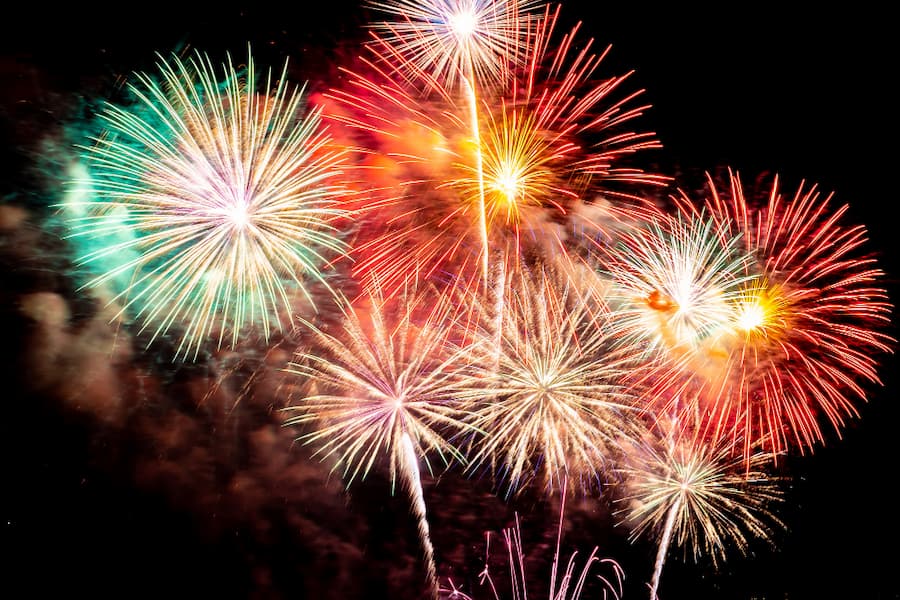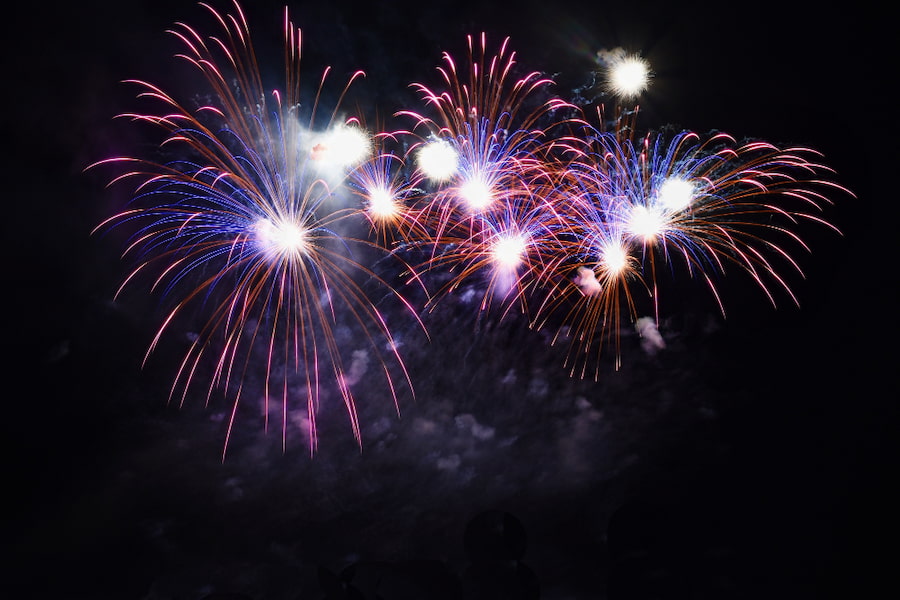When the night sky illuminates with a burst of colors, our eyes are often drawn to the magnificent display of fireworks, especially the gladiator selection box. These spectacular explosions evoke wonder and amazement. But have you ever stopped to think about what makes fireworks so colorful? Well, there’s science behind it!
The Role of Minerals in Creating Vibrant Hues
The dazzling displays produced by fireworks are driven by chemical reactions made possible by various minerals. The brilliant hues that we take pleasure in are painstakingly crafted by painstakingly combining specific components to get the desired shades.
This information may come as a surprise to you, but the vibrant hues that we take pleasure in are painstakingly crafted. The United States Geological Survey kindly provided the following synopsis of the various ways in which minerals are to blame for the colors of our favorite fireworks displays:
- When combined, titanium, zirconium, and magnesium are the three elements that produce white and silver.
- Strontium is responsible for producing the color of red.
- The presence of sodium is responsible for the yellow coloring.
- Copper is the element that gives rise to all blues.
When you combine strontium and copper, you get various shades of purple; when you combine strontium and sodium, you get some pretty impressive oranges. This is like having an artist’s palette in your possession. It is important to note that barium chloride, not a combination of different chemicals, gives green fireworks their mesmerizing hue.
Because many of these components also play important roles in other industries, such as the medical field, the electronic industry, and the metalworking industry, you may find that the names of some of these components are familiar to you.
Decoding the Anatomy of a Firework
An outer shell or mortar is the most fundamental component of a fireworks display. This mortar can be constructed from various materials such as cardboard, papier-mache, or even plastic. There are various compartments to be found inside this protective casing. The propellant for the fireworks is called black powder, and it is stored in the chamber at the bottom.
Black powder is a mixture of potassium nitrate, charcoal, and sulfur. The pyrotechnic stars are located in the upper chamber of the device. These stars, responsible for the display that we find so captivating, result from the fusion of particular fuels and the minerals and metals mentioned previously that produce color.
Their strategic placement decides the final appearance of the fireworks, dictating whether we see shimmering ovals, radiant stars, or cascading rectangles as they explode in the sky.
Ignition: The Moment of Magic
Even though modern fireworks use advanced technologies, the fundamental design of the fuse still consists of two primary fuses. This is true even with contemporary fireworks. We kick off the fireworks display by lighting the primary fuse, which ultimately causes the display to shoot upwards.
The already burning fuse makes its way down to the chamber that holds the base, which sets off another fuse in the process. The explosion that most of us think of as being caused by fireworks is caused by an internal ignition that acts as a catalyst.
The Palette of Firework Colors and Effects
To Further Elucidate:
- Copper obtained from chalcopyrite is responsible for the appearance of blue bursts.
- Barium, which is derived from barite, is responsible for green displays.
- The color of red spectacles comes from the element strontium, which can be found in celestite.
- Sodium originates from halite (rock salt) and causes yellow explosions.
Some Mixed Colors Include:
- The color orange is achieved by combining strontium and halite.
- A combination of strontium and copper, results in lavender.
- Silver is displayed by titanium, zirconium, and magnesium.
Beyond mere colors, the minerals also influence various fireworks effects. For example:
- Golden sparks are produced when iron filings, such as those from magnetite and hematite, are combined with charcoal.
- Aluminum flakes cause a flash shower that cascades down from the sky.
- The loud bangs and dazzling flares we frequently experience are caused by aluminum powder derived from bauxite. Bauxite is also the source of aluminum.
In Conclusion
Fireworks are a perfect example of how the fusion of scientific research and creative expression can produce jaw-dropping displays that are sure to impress. These nighttime marvels owe their splendor to the detailed combination of a wide variety of minerals and metals, which gives them their rich colors and effects. Their splendor is because this combination was carried out in such a meticulous manner.
When you next find yourself standing beneath a sky that fireworks have illuminated, it is important to remember the physics, chemistry, and artistry that go into creating each explosion of color and sound. In the most literal sense, they are a scientific symphony being performed in the sky.
Also, read this: Unique Wedding Cake Designs for Every Season


